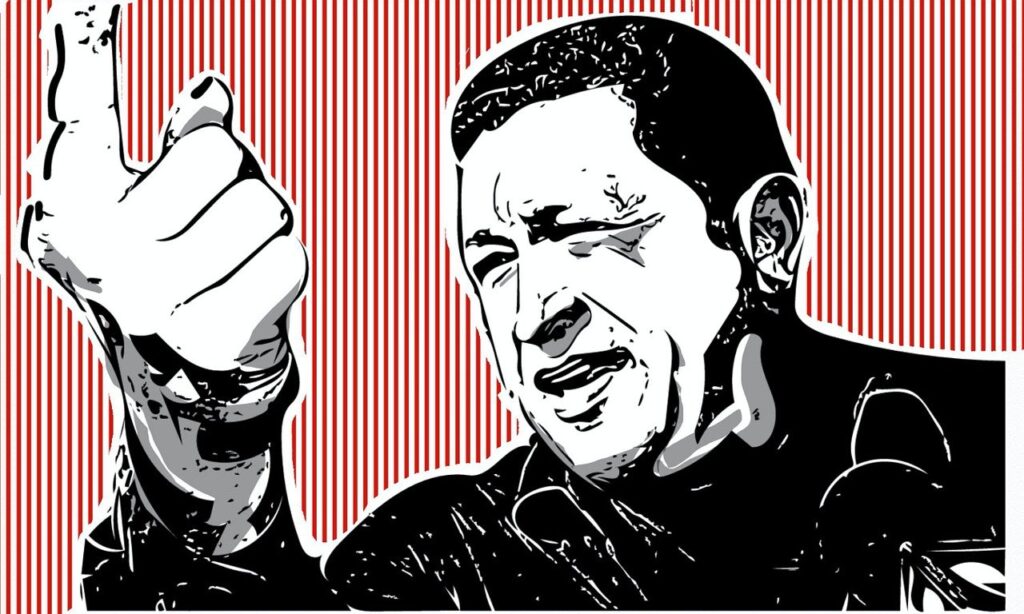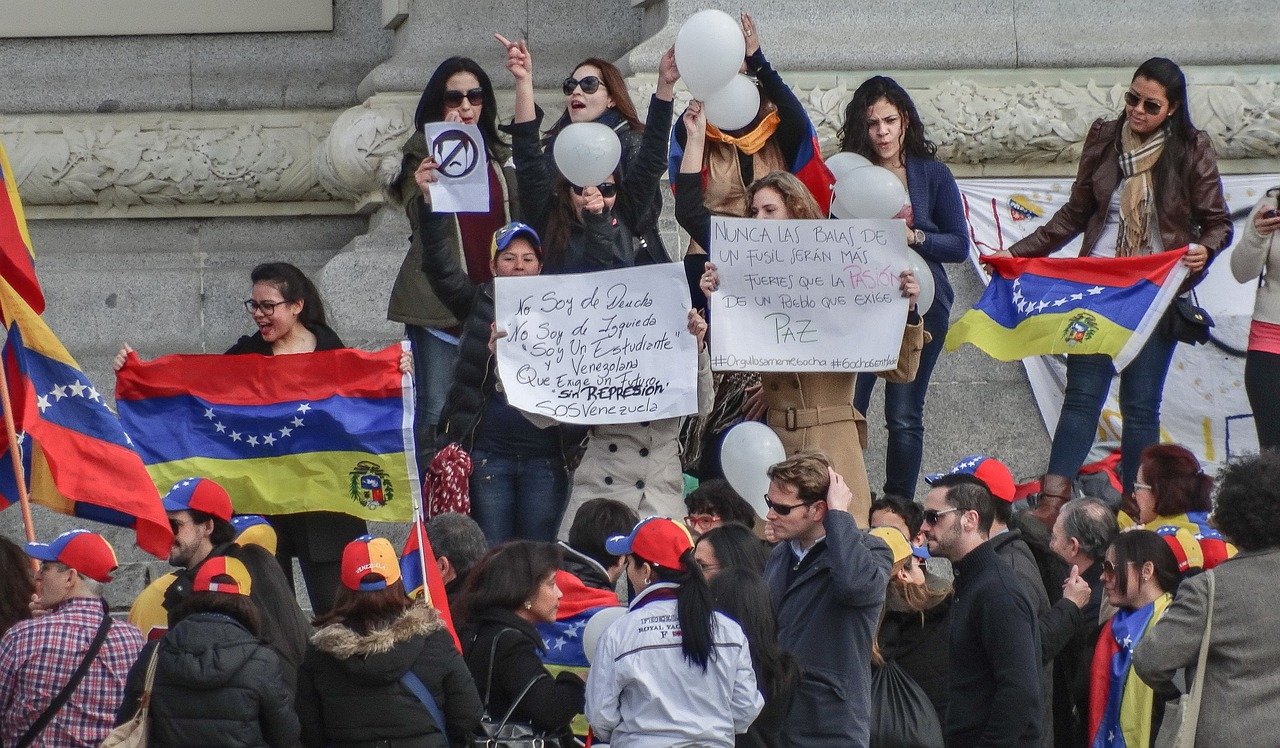In 2006, the Bolivarian Republic of Venezuela took over from the Kingdom of Saudi Arabia, as the nation with the largest oil reserves on the planet. But unlike the other countries atop that list, such as Canada, Kuwait and the U.A.E, present day Venezuela is not particularly wealthy, in fact, they’re starving!
How did this happen?
A QUICK INTRODUCTION
The region now known as Venezuela was occupied by over 30 different indigenous tribes before the Spanish Empire, led by Christopher Columbus, arrived in 1522. He said it was the most beautiful land he’d ever seen, later telling Queen Isabella, that he had found heaven on earth.
For the next few centuries the territory was passed around several different colonies, such as the New Andalusia Province, the Viceroyalty of New Granada, and the Captaincy General of Venezuela. Eventually, there was a War of Independence in 1811.
Later on, a second War of Independence was lead by Simon Bolivar – a man revered as the liberator of Latin America – but his new republic only lasted a few months, before the country was retaken by royalist forces.
This back and forth between the locals and the colonists finally came to an end in 1830, when Venezuela became its own sovereign nation. For the next half century, the country was awash with civil wars and foreign conflicts, until it became a stable democracy around the turn of the 20th Century.
Following World War 2, several military juntas controlled Venezuela, until an uneasy return to democracy in the 60s and 70s. Economic problems in the 1980s and 90s lead to more instability, corruption and political violence, until the fabled Hugo Chavez was elected, in 1998.
NATIONALISED OIL
Venezuela has always had a love affair with Oil. Before Spanish Colonisation, the indigenous tribes used oil to lather up their canoes, or keep the camp fires going, amongst other things. The northern regions of the country, located around Lake Maracaibo and the Orinoco River, are known as the “Petroleum Belt”.
During the Presidency of Carlos Andres Perez, the Venezuelan government nationalised the oil industry, in January 1976. Other nations, like Norway, had done similar things, with quite a bit of success.
However, unlike Norway, Venezuela’s oil riches were catastrophically mismanaged.
Rampant political corruption and lack of investment in new oil fields, saw the prosperity of the state owned company, The PDVSA, rapidly cut short.
The popular left wing President, Hugo Chavez, would replace the disreputable workforce with a newer and more efficient one, and in the early 2000’s, the Oil business was booming. The handsome profits were collected by the Chavez Government and lavishly distributed to the people, through widespread welfare programs.

POLICY SUCCESSFUL …… FOR A WHILE
Life was good for the Venezuelan people and Chavez was a suitably popular leader. Unfortunately, the Venezuelan government behaved as though the party was going to last forever. They became over-reliant on this one industry – billions were spent and billions more were borrowed from overseas.
There was no plan for the future, and the money was spent in unsustainable ways. The healthy oil sales also meant that the value of the currency (the Bolivar) rose, making imports cheap.
The popularity of cheap imports drove local enterprises and farms out of business, creating an economy with almost no diversity. It was also an economy that had become reliant on overseas suppliers for essentials, like food and medicine.
DOWNFALL
Venezuela had built the most prosperous economy in Latin America, all on the back of the Oil Industry, which accounted for over 50% of GDP. But between 2013 and 2016, it all came undone, when the global price of Oil plummeted.
With revenue down significantly, Venezuela could no longer afford to pay its debts or provide for its citizens. With no other strong industries to rely on, and with all of its foreign reserves gone, it seemed like there was nowhere to turn.
Hugo Chavez died of cancer in 2013, just as the slide began, and was replaced by his Vice President, Nicolas Maduro. Caracas native Maduro, had the crazy idea that the way out of the mess was to print more money – a lot more money.
Soon there was more paper money in the economy than there was demand for goods and services. Sure, it wiped out the debt, but it made the currency almost worthless, and created hyperinflation which saw prices increase by up to 83,000% !!!
WHAT NOW?
Bereft of any purchasing power, the people of Venezuela are now starving. Over 5 million people have left the country because the situation is so unbearable. Maduro won re-election in 2018. But many nations believe that the result was fraudulent, and that his opponent Juan Guaido is the true President.
At the time of writing, Venezuelan politics is very unstable, and people deemed a threat to the government, routinely go missing. Maduro blames a lot of the countries economic woes on sanctions imposed by foreign countries, like the USA.
The UN, Amnesty International, and many of her South American neighbours, contend that present day Venezuela has deteriorated into an oppressive Dictatorship.


